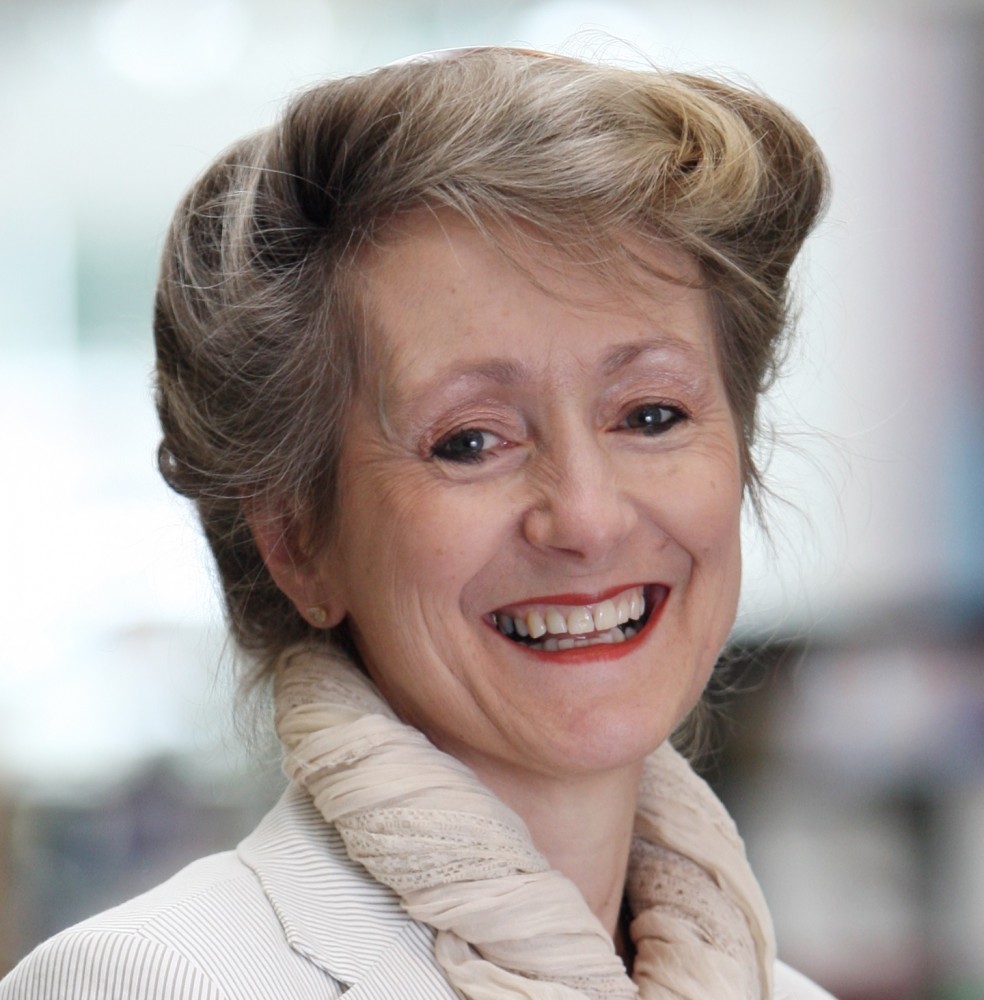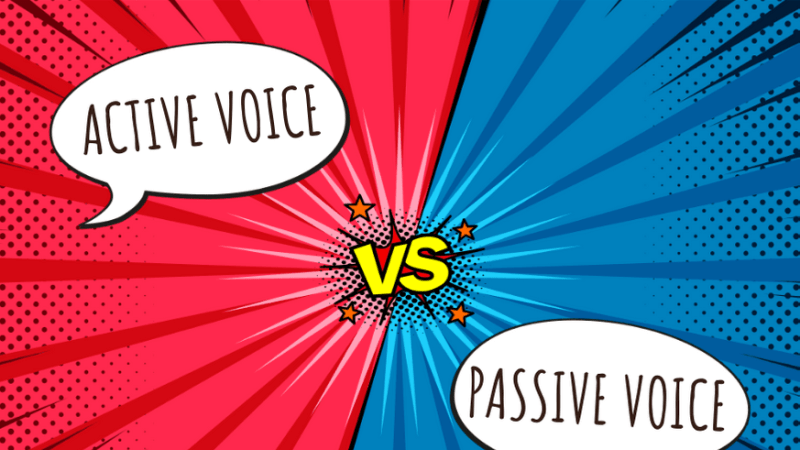Nearly a Quarter of Teachers can’t Recall any Children’s Poets or Illustrators – We Need to Broaden our Kid Lit Knowledge

“Without rich repertoires we cannot pump passion around the system,” says Teresa Cremin

Teachers’ knowledge of children’s literature and other texts is at the heart of enabling reading for pleasure in school. Without rich repertoires we cannot pump passion around the system, nor ensure textual diversity is offered, let alone foster children’s determination and desire to read on, read more widely and enjoy the ride.
But as a profession do we know enough children’s literature? Could you list half a dozen contemporary writers of fantasy, realism, magic or mystery tales? Could you spontaneously enthuse an NQT about the work of award winning picture fiction creators or particular performance poets?
If you were asked to name six children’s authors, picture fiction creators and poets, might you feel the need to check the bookshelves or do a quick search online?
When 1,200 teachers from 11 local Authorities were asked this question, (as part of the UK Literacy Association’s Teachers as Readers study) the results were worrying.
Just under half were able to name six ‘good’ children’s authors (those that you find valuable in supporting children’s literacy). Out of those most frequently named, Roald Dahl led the field (with 744 mentions) followed by Michael Morpurgo (343), Jacqueline Wilson (323), JK Rowling (300) and Anne Fine (252).
Others receiving over 100 mentions included Enid Blyton, the Ahlbergs, Shirley Hughes and Dick King Smith.
Seven years later the same question was asked in a National Literacy Trust survey; Dahl remained the predominant author of choice.
This pattern was underscored in the UKLA survey when teachers named picture fiction creators. Quentin Blake was in a league of his own (423), illustrating, as he did, Dahl’s work in addition to his work. After him Anthony Browne received 175 mentions.
Worryingly, 24% of teachers named no one in this category. Teachers’ knowledge of poets was not secure either; 58% named two, one or no poets, and 22% named none. Michael Rosen emerged in pole position, with Dahl receiving the fourth highest number of mentions, after Alan Ahlberg and Roger McGough.
This indicates considerable cause for concern, a high degree of Dahl dependency and an over-reliance upon a small number of ‘celebrity’ writers. It suggests teachers are not in a strong position to adequately support children in making their own reading choices from the diversity available.
Practitioners’ knowledge of children’s literature is not an optional extra. It is our professional responsibility to help children find texts that intrigue and engage them, that light their fires and build a legacy of past satisfactions that will keep them coming back for more.
This knowledge should include such celebrity writers and of course non-fiction texts, but must stretch way beyond this.
Combining a wide repertoire of children’s literature with knowledge of individual children’s interests, preferences and practices enables us as teachers to share our passion for particular texts, tailor our text recommendations and make effective book matches that responsively nurture young readers.
So do you want to expand your repertoire? If you can find the time it’s a deep pleasure! You could start by doing an A-Z of authors or a self-review quiz to see how you fare, then set yourself a target or two – individually, with friends or as a staff.
Useful challenges might include reading the Carnegie or Kate Greenaway Medal shortlists, checking out the winners of the UKLA Book Awards (including the digital category), visiting a brilliant children’s bookshop, or joining a teachers’ reading group. Your wider knowledge can be drawn upon not just to match books to children (allowing for choice, of course), but to keep the arteries and veins of reading for pleasure pumping, through reading aloud for example, or creating quick-fire book pitches, tasting menus or book bingo activities that tempt and entice.
Through reading more and talking about texts, you’ll foster two-way book recommendations, create ‘books in common’ and trigger informal book blether between readers – a key characteristic of engaged communities.
Teresa Cremin is professor of education at The Open University. Find practical strategies, self-review documents and examples of best practice at researchrichpedagogies.org/research/reading-for-pleasure and follow Teresa on Twitter at @teresacremin.










